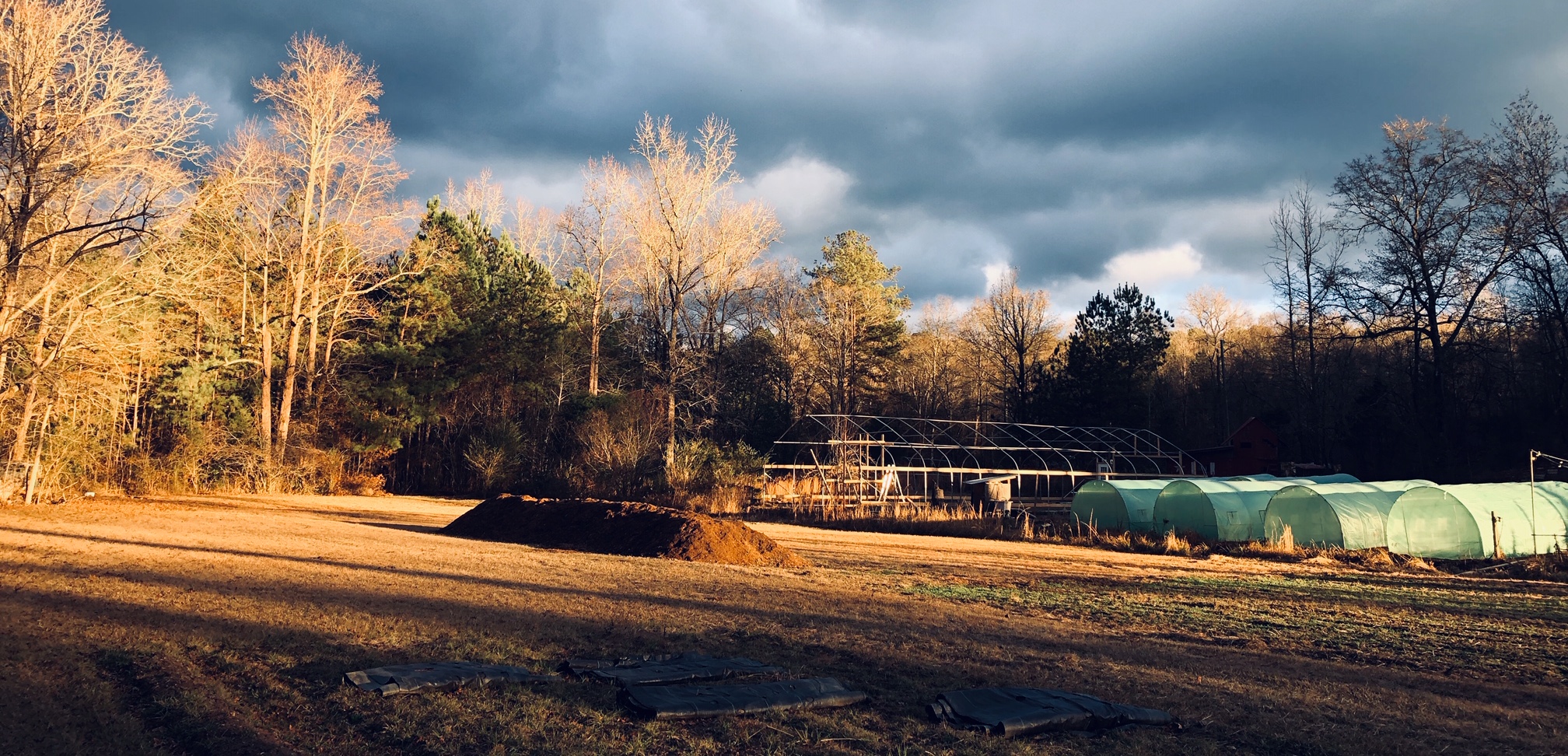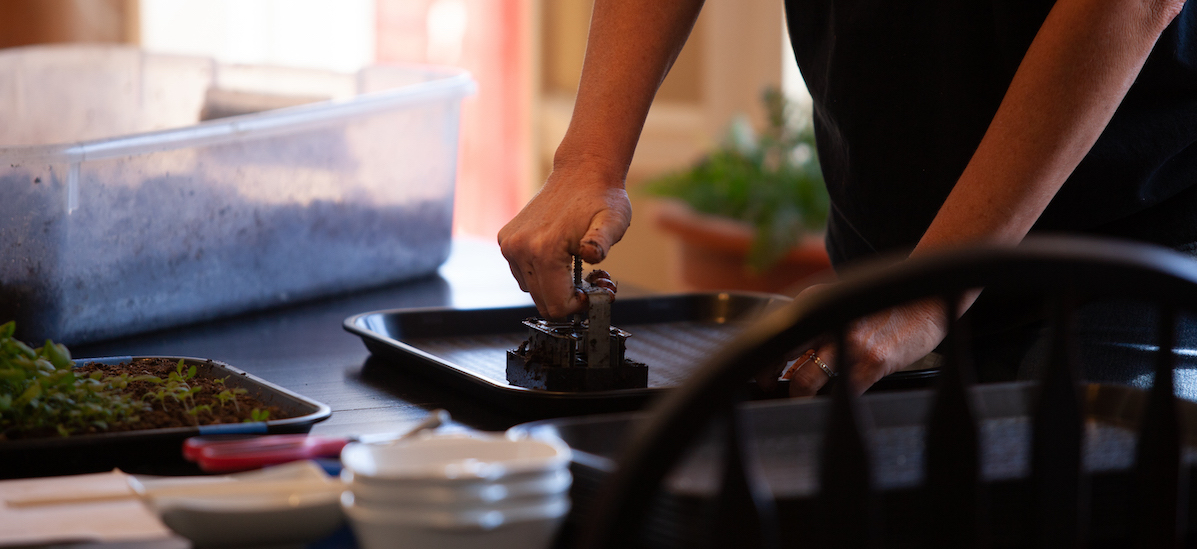
Remember farming with a plow and horse? Probably not… The irony is the latest buzz about sustainable and regenerative farming, in my opinion, does have ties to the past. Another irony is that people in the (far) past didn’t completely understand the connection between the microbes in the soil and the plants they were planting.
When farming was done with a horse and plow, large chunks of soil were turned over and the current plant/weed/cover crop was turned over, depositing organic matter deeper in the soil. The organic matter would decompose, giving the microbes the nitrogen (and other nutrients) they in turn exchange with the newly planted plants’ roots. This created the sustainable and regenerative farming we are trying to get back to today.
Or at least in part.
There are SO many articles on sustainable and regenerative practices, it makes your head spin. Things like capturing carbon, creating carbon, carbon footprint, mycorrhizae (pronounced “my-core-rise-ah), closed system, greenhouse effect, deforestation, and on and on.
It’d be nice if they could communicate in English!
But let’s get back to the core of sustainable and regenerative farming. Our farm has been practicing these things from the beginning (without bothering to be trendy). We don’t bother with manufactured nutrients. Instead, we pile up manure from a local farm, let it decompose for 5-6 months (notice the large pile in the photo above) and then apply to our rows.
We also use a cover crop (the green part in the field in the photo). This does two things: continues to build the microbes around the roots and then provides nitrogen in the spring when it is mowed down and decomposes.
The trees, bushes and wild field (other side of the spring, behind the large structure) provide habitat for predators, insects and pollinators. They are HAPPY because we don’t use ANY type of chemicals. Our plants are watered with the water from our natural spring that runs through the middle of the property (by the green hoop houses). A solar system (hut structure between green hoop houses and large structure) has been set up which pumps water out of the stream to a 55 gal. barrel. This is filtered so it can pass to hoses, which get connected to drip tape (irrigation) for each row.

We use reusable plastic mulch (good for 10-20 years) for suppressing weeds. If we can’t use plastic mulch, we use natural leaf mulch from our hillside to suppress weeds.
Soil-blocking is used to germinate our own seeds, reducing the amount of 1x use plastics. Otherwise, we reuse our plastic containers, sanitizing so we don’t harbor disease.
We use cafeteria trays for the soil blocks. Once we have a viable and hardened off seedling, we plant it straight out in the field, where the microbes will be happy to exchange nutrients for the exudes the plants give off.
Healthy plants come from healthy soil, which in turn helps the plant be more disease and pest resistant.
When we provide artificial nutrients to plants, the microbes aren’t needed in the soil. There’s no need for that exchange between nutrients to the plants and the microbes. This happens in the rhizosphere. If you enjoy nerdy, academic information, you can read this article from The Nature Education: Knowledge Project.
So, the buzz about sustainable and regenerative farming? It’s really just going back to good ole’ fashioned farming. However, I would be remiss in not adding that it is challenging to follow 100% sustainable and regenerative practices in large-scale farming (hundreds of acres). And this, from what I understand, is where there’s some friction between farmers and the general public. I can’t speak to that, but we have chosen these good practices for our micro-scale farm. Healthy plants = healthy blooms! And healthy wildlife!
